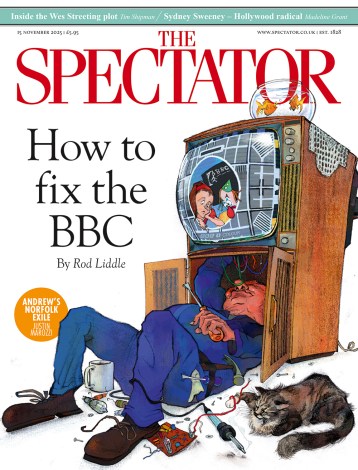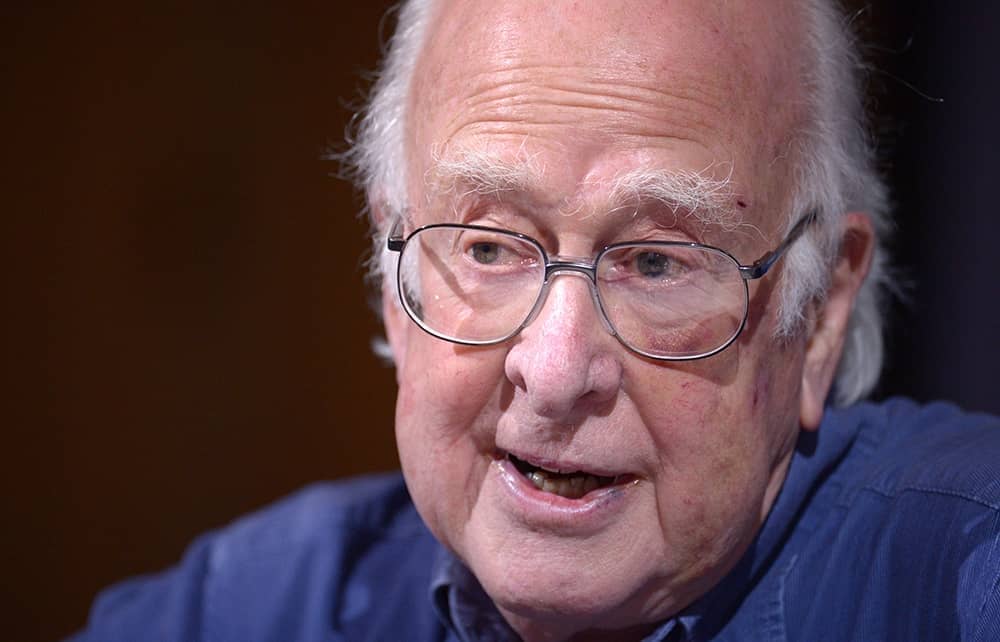In 1993 William Waldegrave, the science minister, was looking into a project being planned on the continent. Cern, the European research body, was upgrading its particle collider to create what it called the Large Hadron Collider. This underground apparatus ran beneath the French-Swiss border and it was so vast that its diameter equalled that of the Circle Line.
Two beams of subatomic particles called protons would be fired around this subterranean loop in opposing directions and smashed together at 99.99 per cent of the speed of light. The scientists’ aim was to prove the existence of a fundamental particle called the Higgs Boson, which they hoped would appear momentarily from the sub-atomic luminescence.
Waldegrave grasped the significance of the project. He happened to be MP for Bristol West, which is where Peter Higgs, the theoretical physicist who first proposed the existence of the boson, grew up. And if the particle were discovered, it would be a highly welcome expression of British scientific ingenuity.
But what on earth is a Higgs Boson? If he was to persuade the Treasury to stump up, Waldegrave knew he had to find an accessible answer to that question. The answer was provided by a particle physicist from UCL called David Miller, who certainly gauged his audience well. Imagine Margaret Thatcher walks into a roomful of supporters, Miller said. As she enters, she is free- moving and unencumbered, but the moment the crowd sees her, they surround her. This, he explained, is how the Higgs field acts on certain particles. When they interact with the field, they gain mass. The Higgs Boson is a product of that field.
It was a clever description – and it worked. As Frank Close explains in this thorough and fascinating book, Britain continued its contribution to Cern. But the Thatcher analogy gets nowhere near the deep complexity of the science. Close, a particle physicist, is not shy of such detail and gives a theoretical explanation of the boson that the general reader will find challenging. But alongside this, he also sets out the life story of the man who proposed it, Peter Higgs.
I have met Higgs and interviewed him. He is very unassuming, with a low, authoritative-sounding voice, rather like Harold Pinter. A brilliant pupil, he taught himself algebra and calculus ‘before anyone at a school I went to taught it to me’. He attended the same school in Bristol as Paul Dirac, the great theoretical physicist, and his urge to learn about Dirac triggered his interest in the subject. Higgs won the school’s mathematics prize but turned down Oxbridge, put off by its flashy grandeur. Eventually he settled at Edinburgh – Britain’s greatest university – and it was there, in August 1964, that one of his colleagues returned from summer vacation to find a note on his desk from Higgs saying: ‘This summer I had the only really original idea I’ve ever had.’
That idea prompted a series of papers by Higgs with titles such as ‘Broken Symmetries, Massless Particles and Gauge Fields’. These are not for the faint-hearted and, as Close remarks, to the uninitiated the equations of particle physics can resemble ‘Mayan hieroglyphics’. But their content was revelatory. Throughout the 20th century, physicists had been attempting to set down the laws of nature and one strand of this was the study of particles and how they behaved. It became clear that some fundamental particles, such as neutrons, had mass, while others – photons for example – did not. The fact that the photon is massless is what allows light to fizz across the universe uninterrupted and at such a famously high speed.
Higgs’s contribution, combined with work by other scientists who had independently reached similar conclusions, explained why certain subatomic particles gained mass. Higgs also suggested that, as part of his theory, a subatomic particle should exist as a manifestation of this mass mechanism – the Higgs Boson. He also proposed a way of finding that particle.
Fast forward from 1964 to 2010, and after some technical difficulties and a colossal effort by tens of thousands of scientists, the Large Hadron Collider at Cern began its search for the elusive particle. In June 2012, when Higgs was at a conference in Sicily, he got a call from Cern saying that he really ought to come as soon as possible because they were about to make an announcement.
Despite the technical challenges, the 48-year wait, the agonising self-doubt and some irritating, limelight-grabbing interventions by Stephen Hawking, such as his $100 bet with a fellow physicist that the Higgs Boson didn’t exist, Higgs was proved right. Cern had found the Higgs Boson and with that a huge chunk of humanity’s understanding of nature slid into place. Higgs’s ideas may be complex, but they explain the structure of the fundamental particles in everything, including your own body. Electrons have mass on account of the Higgs field and their mass is inversely proportional to the radius of the atom. ‘Thus, the finite mass of the electron gives the measure of atoms,’ Close explains, ‘setting the scale for molecules, crystals and the world at large.’
Higgs’s insights also explained the solar fusion cycle and why the sun consumes its fuel so slowly. The sun burns by fusing hydrogen atoms together to make helium; if it were not for the effect of the Higgs field, the sun would have burnt through its fuel too quickly, too fast, to have allowed the development of intelligent life on Earth. For that reason, Close writes, ‘our existence is consequential on the Higgs field’.
Fame didn’t sit especially well with Peter Higgs. For years he had lived in an unassuming flat in Edinburgh’s west end, taking the bus across town to the science faculty each morning. Now he was being chased by camera crews and harassed to such an extent that at times he felt the whole saga had ‘ruined my life’. It was fitting that, on the day in 2013 when it was announced that he had won the Nobel Prize for Physics, Higgs was at his favourite hostelry in Leith enjoying a quiet pint of heavy.
In writing Elusive, Close spoke at length to Higgs and the result is a highly detailed and rich narrative. Some of the technical detail is very challenging – there’s no way round that – and it’s the kind of book that would benefit from a second read. It’s difficult, certainly, but it is nothing less than the first draft of a piece of scientific history. That makes it well worth the effort.






Comments